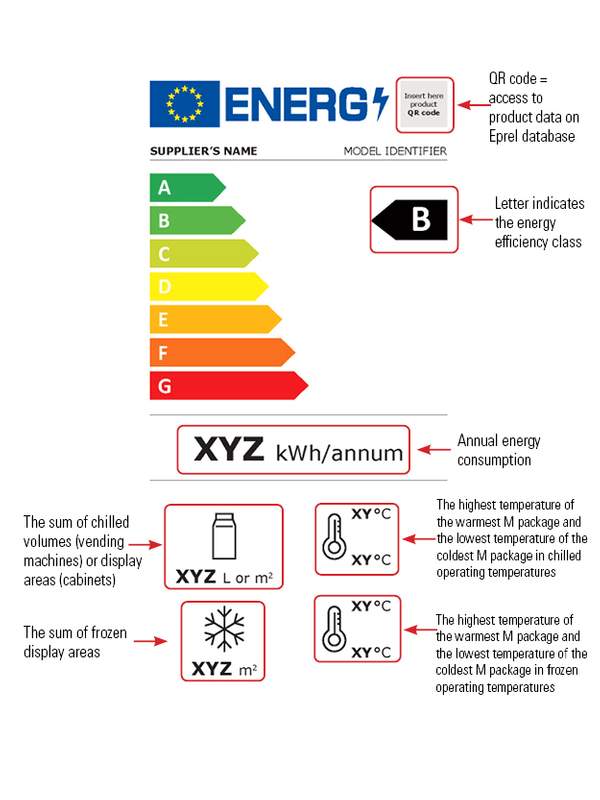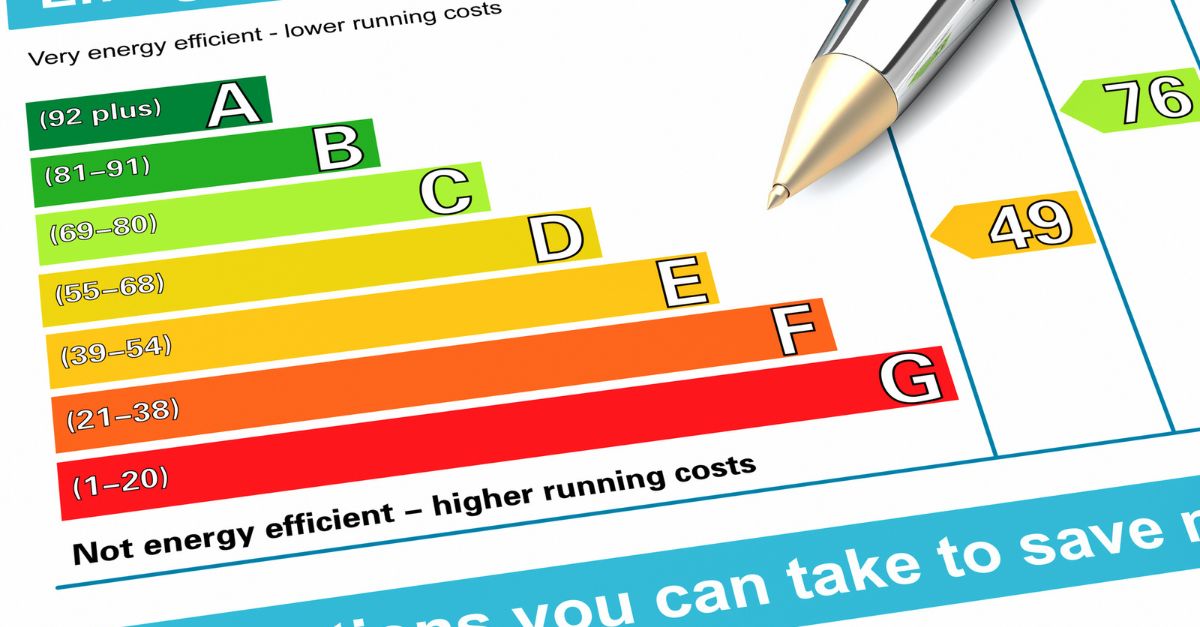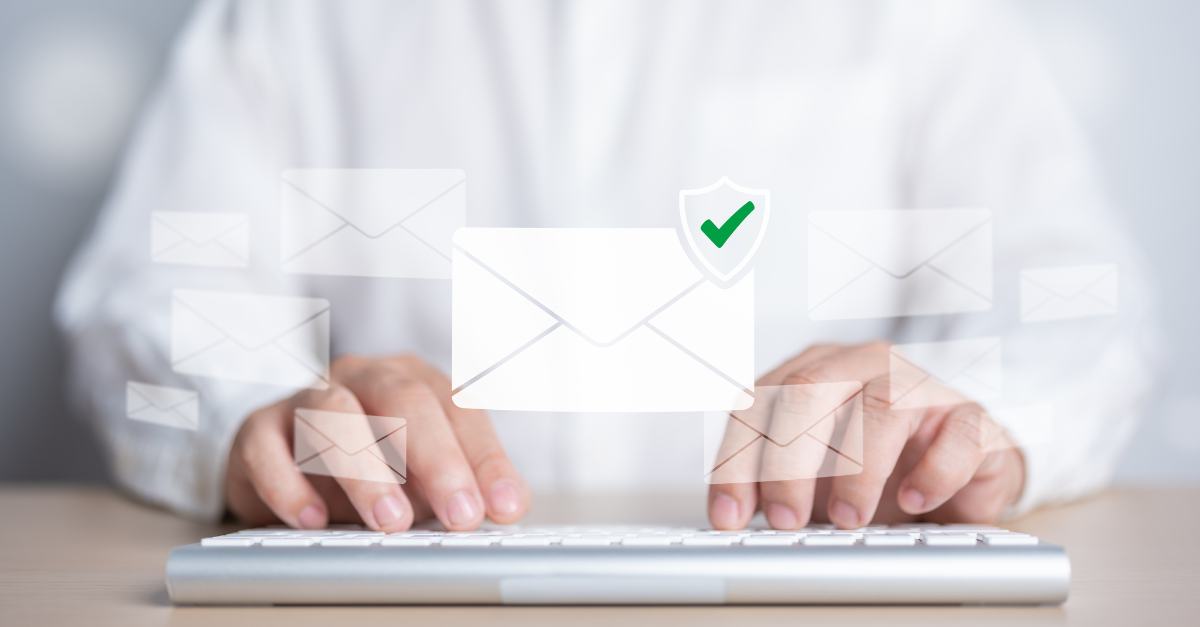Originally introduced in 1994 for a range of household appliances and later expanded in 2004, the EU energy label has played a pivotal role in guiding consumers towards more energy-efficient products.
In this article, we look at the technological advancements and requirements behind energy labels and how they have adapted to accurately reflect the changing landscape of energy-efficient products.
An Introduction to the European Product Registry for Energy Labelling (EPREL)
The European Product Registry for Energy Labelling (EPREL) serves as the designated platform that suppliers must utilize to register their product models.
From 1st January 2019, suppliers, including manufacturers, importers, or authorized representatives, are required to input information about their products into EPREL before they can introduce these products to the European market. As of March 2021, consumers gained access to the database to search for energy labels and product information sheets, initially for the rescaled product categories.
EU legislation on ecodesign is a powerful mechanism for enhancing the environmental sustainability of products. It achieves this by establishing compulsory minimum standards for energy efficiency, effectively removing the least efficient products from the market. Using a comparative scale ranging from A (highly efficient) to G (less efficient), this not only plays a substantial role in advancing the EU's energy and climate objectives but also fosters industrial competitiveness and innovation. Ecodesign encourages the development of products with improved environmental credentials, thereby benefiting the entire internal market.
A New Generation of Labels
The following are some key points on how energy labels have evolved alongside technological advancements:
- The updated label adopts a consistent A-G scale for all products, eliminating the A+++/A+ ratings
- In the top right corner of the label, a quick response code (QR code) has been introduced, providing direct access to the EPREL database. This enhances transparency and facilitates market oversight for national authorities
- The energy consumption of the products is now prominently and uniformly displayed in the middle section of the label
- The lower part of the label includes various pictograms conveying information about specific product features. While some pictograms remain the same as in the previous label, others have been revised, and a few new ones have been introduced.

It’s important to note that products with the old label can no longer be sold.
Introducing the Qualified Electronic Seal
Before suppliers can enter their products in EPREL, they must register their company by creating an EU login account. As suppliers are known as ‘legal entities’, they must undergo digital identity verification. This is where qualified electronic seals (QESealCs) become part of the requirement to verify the identity digitally, guaranteeing the authenticity of the signatory - the legal person, the creator of the seal - specified in the qualified certificate. A QESealC can be seen as a digital version of a signature or a traditional company stamp.
To obtain a QESealC, organisations must go through a thorough vetting process and as part of that vetting process an organisation identifier must be provided for verification purposes. Previously VAT (Value Added Tax) , LEI (Legal Entity Identifier) or NTR (National Trader Register) identifiers were accepted, however from the 22nd April 2025, the verification guidelines have been updated and only QESealCs with an associated NTR will be accepted by EPREL.
Electronic signatures in the EU are governed by the Electronic Identification and Trust Services (eIDAS) Regulation. eIDAS provides a predictable regulatory environment directly applicable to all EU Member States, enabling secure and seamless electronic interactions between businesses, citizens, and public authorities.
Similar to qualified certificates for electronic signatures, qualified electronic seals provide higher guarantees regarding the identity of the signer, and therefore gain greater legal certainty surrounding the applied seal.
Creating an EPREL account
When a supplier sets up an account with EPREL, they are asked to create an EPREL Organization which in the case of the supplier, would be as a Legal Entity. A Qualified Electronic Seal would need to be obtained for the following purposes:
- The real existence and identity of the EPREL organization, acting as a supplier;
- The establishment in the EU/EEA or Northern Ireland territory of the organization (for compliance enforcement needs);
- The entitlement of the Supplier Admin to act on behalf of the organization for registering models in EPREL.
For this purpose, only a Qualified Electronic Seal will suffice which has been issued by a Qualified Trust Service Provider. This means that the owner of the QESealC has been vetted and verified to the most stringent standards, to establish a strong level of digital trust.
Qualified Electronic Seals and Digital Verification of Identity
A Qualified Electronic Seal can provide assurance in at least two crucial areas:
- Authenticity: It assures that the data indeed originates from the legal entity, as claimed, verifying its source and legitimacy. This helps establish trust in the identity of the sender or creator of the data
- Integrity: It ensures that the data has not been tampered with or altered in any way after the sealing process. This means that the information remains unchanged and trustworthy
These two aspects, authenticity and integrity, are fundamental in ensuring the reliability and credibility of sealed data in various applications, including legal, financial, and administrative contexts.
The eIDAS Regulation defines an electronic seal as ‘data in electronic form, which is attached to or logically associated with other data in electronic form to ensure the latter’s origin and integrity’.
EPREL - Verifying the Identity of the Organization
EPREL is then able to verify the organization by the following means:
- A Qualified Electronic Seal has been created by a Qualified Trust Service Provider (QTSP), for this purpose
- A Qualified Electronic Seal will allow legal entities to authenticate an automated administrative action, which includes registration with EPREL to register necessary products
- During the EPREL registration process, EPREL can verify the legal identity of the supplier with the Qualified Electronic Seal that complies with the requirements of the EPREL energy certification
- EPREL delegates the verification of the identity and of the basic requirement of being established in the EU, the EEA, or Northern Ireland, to qualified third parties, such as Certificate Authorities
- The verification is also used to confirm that the EU Login user profile associated with the Supplier Admin is also entitled to register products on behalf of the organization
To enable product information to be displayed to consumers who access EPREL, these steps are required to mitigate the risk of EPREL relaying illegitimate content.
The Technological Advancement of Energy Labeling
Digital technology has undergone a significant transformation across various business sectors not only in the energy labeling sector. Other sectors including automotive, IoT, and aerospace are now embracing innovative and eco-conscious ‘smart labeling’ solutions to enhance labeling on other items, and not only product packaging. This allows a single label to convey much more information, effectively allowing the information contained in the QR code to be re-written without the requirement of having to produce new labels when the specifications of the product change.
Technology is revolutionizing the labeling sector, evolving conventional labels into dynamic ones. This evolution includes integrating communication channels like apps and online portals, offering numerous opportunities for consumer engagement.
To learn more about innovations on the horizon and how digitalization is driving the adoption of electronic signature services in both the EU and UK, read GlobalSign's eBook.
Editor’s Note: This blog was originally published on February 6th, 2024 but has since been updated to reflect industry changes and new insights.








